Preface
3D printing, as the biggest driving force technology of intelligent manufacturing, isThe reason for the delay in large-scale implementation is not the inherent weakness of 3D printing technology.It is not due to the immature technology, but the limited types of forming materials and many printingTechnology can only produce intermediate products, and directly printing metal finished products is expensiveIt is expensive and cannot be widely promoted and applied except for a few military enterprises.Over the past years, 3D printing suppliers have been constantly improving their printing equipment, software,Materials are constantly seeking technologies while reducing application costs.Application areas.In industrial development, most products use metal materials, and 3D printing technology must achieve low-cost manufacturing to survive and develop.However, only a few suppliers have achieved breakthroughs in the production of metal components.There are many metal printing suppliers, but only a few productsRecognized by aerospace companies and used for parts production.Due to the high priceDue to the cost and material reasons, other military and civilian enterprises rarely adoptAccording to incomplete statistics, there are currently various types of idle and semi-idle gold mines in China.There are nearly a thousand printers (sets), which is a great waste.Practice has proved thatIt is not practical to directly print metal components using 3D printing, so 3DPrinting technology must seek new breakthroughs to achieve healthy development.
The integration of 3D printing technology and casting technology will play an immeasurable role in the development of the industry.The role of quantity.3D printing wax molds, photosensitive resin molds, plastics,Sand mold, sand core, metal, etc., can be used for lost wax molds, molds, castingscasting elements such as molds, cores, and complex internal cavity parts, which canCompared with investment casting, plaster casting, sand casting, low pressure(Differential pressure) casting and bimetallic composite casting, etc.Method fusion, manufacturing various metal alloy components.Its fusion application solutionSolving the problem of 3D printing materials and costs, breaking through the limitation of only using moldsThe bottleneck of post-casting has accelerated the development of the foundry industry and facilitated the rapid development of the industry.It is possible to showcase personalized innovation factories and upgrade manufacturing.
The integration of 3D printing and casting is a multidisciplinary integration, which requiresThe knowledge and practical experience of personnel are highly required.In foreign countries, sand casting isIndia has been well applied, such as GW company is a foundry developmentEnterprises that provide overall solutions for casting processes and personalized complex castings(such as engine cylinder block, cylinder head, transmission case, etc.), which has been adopted for a long time.Using 3D printing (3DP) technology to complete the manufacturing of sand molds and cores,Realize the trial production of process solutions and the production of small and medium-sized batches of castings, with an annual output value ofHundreds of millions of dollars.In recent years, enterprises represented by 3D printing manufacturersIndustry, began to integrate with casting, with several companies having a background in casting technologyThere are also companies with good integration of 3D printing technology, such as the sharing group,3DP printing and sand mold developed by Fenghua Zhuoli Technology Co., Ltd.The fusion of casting, SLS printing developed by Beijing North Hengli in silicon solutionPrecision casting with plastic and plaster molds, as well as 3DP printing and sand casting, areThe fusion of metal forming, developed by Xi’an Jiaotong University’s SLAintegration of printing and silica sol precision casting in steel casting materials,However, the integration is relatively single and small-scale, with an output value of only several million or several hundred million yuan.Ten million yuan.
At present, 3D printing technology urgently needs to break through the bottle of integration with casting.This is not only a matter of survival and development of the industry, but also related to manufacturingThe problem of industrial transformation and upgrading, as well as the realization of the effects of Industry 4.0, also relates to manyThe issue of discipline integration, 3D printing technology will accelerate the manufacturing revolution,Create countless miracles for human development.Here are some 3D printingThe idea of integrating technology with casting technology.
Industrial-grade 3D printing and casting integration supporting technology
Here we will focus on four printing methods: SLS, SLA, 3DP, and SLM.The technology is integrated with the casting technology.
SLS technology
Selective Laser Sintering (SLS),SLS) technology is a versatile printing technology that can, in principle, print materialsPreparing the powder, melting the powder by selective heating or melting the binder to form the required intermediate parts.In casting, the main task is toThe printing materials include PS powder, wax powder, resin-coated sand, and coated ceramics.PS powder printing materials and processes are well-established, with materials thatReduction, small expansion coefficient, stable size at medium temperature conditions, and materialsand low printing costs, making it the most cost-effective wax mold for various investment casting processes.Good choice, but due to its pressure differential expansion shell and baking process during demoldingThe problems of generating a large amount of black unoxidized carbon, and solving these two problemsIt requires very professional casting knowledge and high environmental protection costs, so it is not feasible.Widely used.Currently, SLS technology is mainly used for precision casting of silicon sol moldIn the process of vacuum casting and plaster casting.The printing materials and technology of wax powder are not mature,Water absorption, deformation and cracking during printing are very common, and the printing parametersDifficult to control and expensive materials.However, wax powder printing materials do not expandShell, environmental protection, especially for thin-walled small parts, has obvious advantages.Before, there were few wax parts produced using SLS technology, and industrial products used relativelyDifficulties, small wax printing can be replaced by other printing technologies.Laminated resin sand is sand coated with resin and heatedMelting and bonding of resin, although both 3DP technologies are sand (core) molding,SLS technology is a thermoplastic forming technology, which has large deformation and low strength.high, low printing efficiency, high cost.Due to the advantages of high strength,So it is often used to make slender sand cores.However, due to high costs and waste sandDue to large quantity and other reasons, it may be eliminated.Laminated ceramics are ceramics coated with resin and heatedMelt the resin for bonding, then degrease and sinter it.It is widely used in casting, mainly for the internalThe SLS printing process of ceramics is complex and has poor deformation controllability.Therefore, it is difficult to promote on a large scale and is gradually being replaced by 3DP and other processes.
SLA technology
(1) Silica sol investment casting combines its high precision and surfaceThe advantages of smoothness, using thin-walled hollow structure for silica sol investment castingHowever, due to its large gas production, poor concession, and slightly higher price,point, it failed to be widely promoted and applied.(2) Plastic mold has high bonding strength and the printed mold is preciseThe density and wear resistance are better than wood molds and lower than metal molds, but the cost is slightly higher.Applicable to small and medium-scale rapid casting, and used by a few mold factories.
(3) Silicone mold with high precision and smooth surface, printingThe SLA mold is then replicated using a vacuum injection molding machine to produce a silicone mold for casting.Wax casting (statues and other complex parts that are difficult to separate).
3DP technology
3D printing (3DP) technology evolved from plane printing technology.Different from traditional stereolithography, 3DP uses inkjet head to spray resin and other bonding materialsThe main difficulty of this printing technology lies in the life of the inkjet head, which isDue to the strong corrosivity of the adhesive, the inkjet head is prone to corrosion and clogging. Currently,The inkjet head dedicated to 3DP printing has not been developed yet, and it is mostly borrowed from the planePrinting with Fuji print heads is relatively expensive due to limited usageExpensive.In casting, it is mainly used for sand mold, sand core, foam plastic andceramics, etc.3DP printing is the most mature technology for producing sand molds and cores.Sand cores and molds are cold forming processes that can print any complex shapeRegardless of the classification problem, the printed sand mold and sand core have good permeability.It can be directly used for sand casting, and can also be used for metal sand cores.It is a suitable method for quickly producing complex shaped chills.Foamed plastic is used to stick the foam plastic powder with adhesiveThe printed parts are used for wax molds and wax models for investment casting precision casting.Lost foam casting, a printing method that has advantages over SLS printingfast speed, low softening temperature, no shell expansion, large printing size, andSmall gas generation, but high price and slow promotion speed.Ceramics are produced by selecting ceramic powder, spraying binder, selectingIt is made by cold forming, degreasing, and sintering.Used for ceramicsThe application of mold is very extensive. In the field of casting, it is mainly used for various complex components.The internal core of 3D printing ceramic technology is complex, and currently appliedThere is a bright future for it.
SLM technology
Selective Laser Melting (SLM),SLM) technology is a method of directly printing metal. In terms of casting,Can be used for complex molds with sprues or heating, as well as complex structuresParts for insert casting (such as complex inner cavities and elongated oil passages).The production of complex inner cavity structures and slender oil passage parts is difficult,Mainly in the manufacturing and cleaning of sand molds and cores, using complex internal cavitiesThe structure and elongated oil passage are offset by 1-3mm, and the entire print is then cast in placeThe method well solves the problems of inner cavity cleaning and defects.
Application cases
(1) Molds made using SLS, SLM technology such asAs shown in Figure 1 to Figure 4, Figure 1 shows the use of SLS technologyThe sand casting mold made of nylon is printed. Figure 2 shows the sand casting core box mold made of PS powder and resin by SLS technology.Figure 3 and Figure 4 show the direct printing of heat-resistant steel powder materials using SLM technology.The plastic compression mold made of the material with complex cooling water channels.


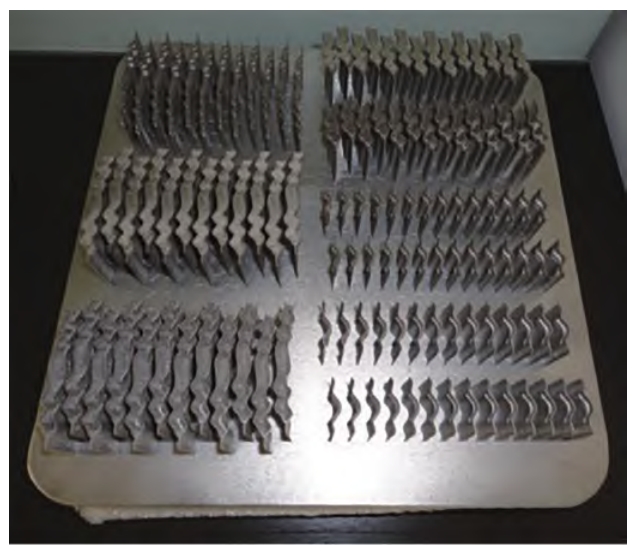
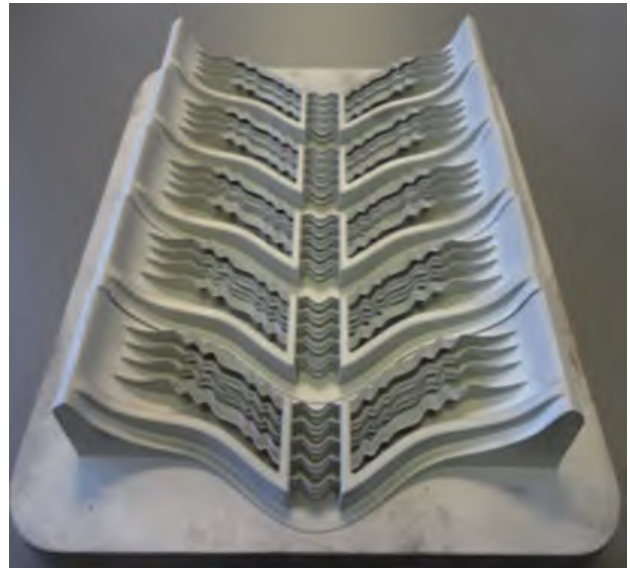
(2) Wax mold for investment casting is made using SLS and SLA technologyThe wax model is shown in the figure. The figure shows the use ofThe wax mold printed by SLS technology is shown in Figure 6.Photopolymer wax pattern for technical printing.(3) The lost foam casting pattern is made using 3DP technologyEPS foam is shown in Figure 7 and Figure 8.(4) Sand printing: sand produced by SLS and 3DP technologyThe mould and sand core are shown in the figure.
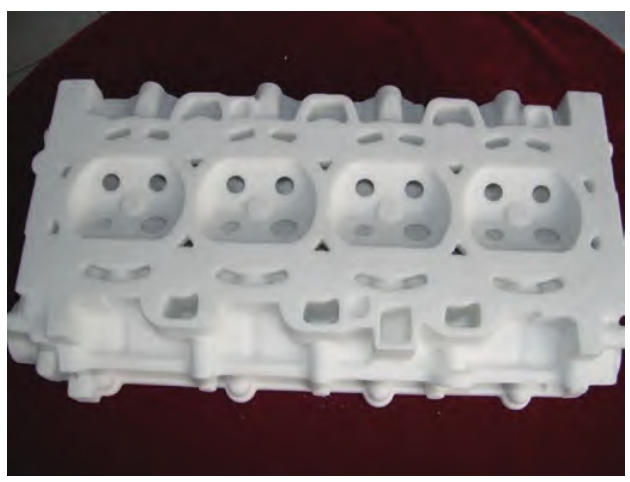
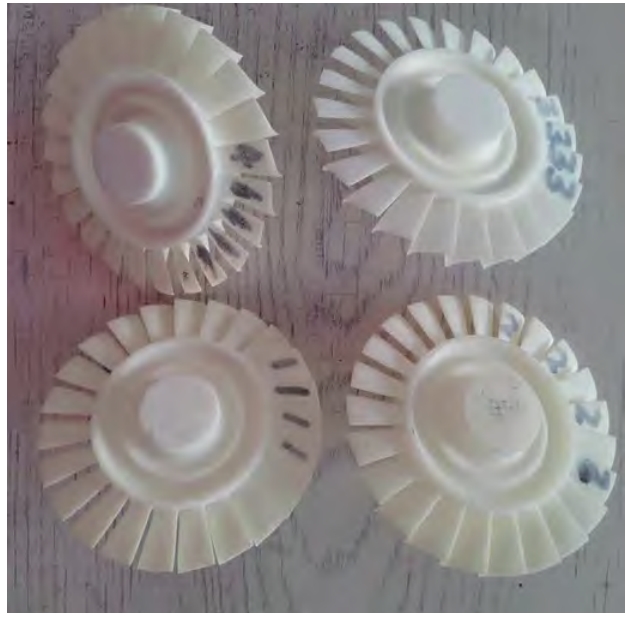
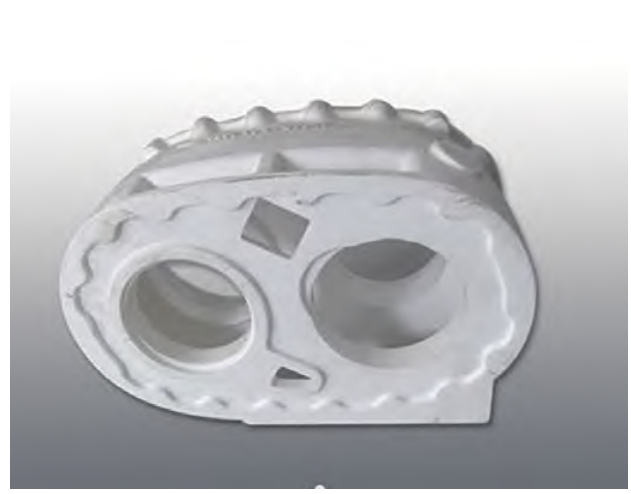

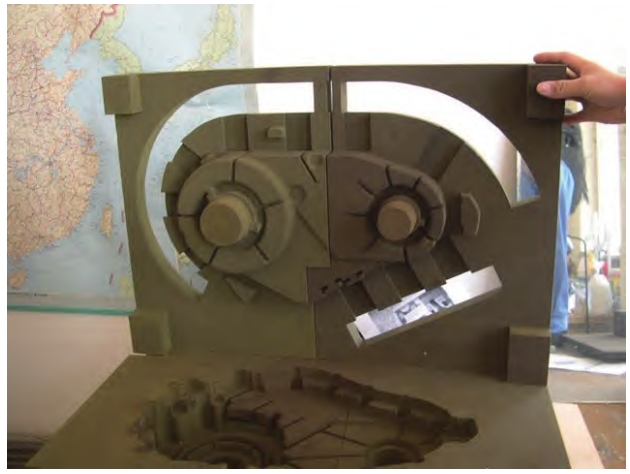
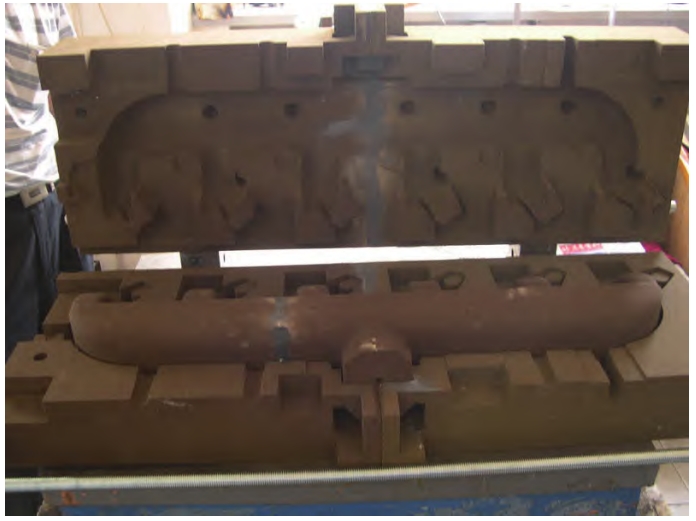

Industrial-grade 3D printing technology and casting technology integration and supporting applications
At present, 3D printing technology has been successfully integrated with sand gravity casting,Sand low pressure casting, metal casting, investment casting and lost wax castingThe integration of various casting methods such as die casting, and related enterprises in the industry areExplore its relationship with vacuum pressure casting, differential pressure casting, and plaster casting,and the integration of various casting methods such as sand casting and plaster casting.This technology can be used for aluminum alloy, cast steel, cast iron, cast titanium and nickelRapid production of castings such as base alloys.At present, many companies no longer obtain castings through mold methodsThe blanks are completed by using the mature 3D printing and casting methodsThe production of blank parts is fast, low cost, and has obvious quality advantages, making itThe enterprise has a strong sense of dependence.Use 3D printing manufacturing and partsThe characteristics of complexity are irrelevant, and the original manufacturing-first design concept has been transformed.The design concept effectively improves the function of the parts, and the structure of the parts is moremore refined and reasonable.Castings produced using industrial-grade 3D printing technology such asas shown in the figure.


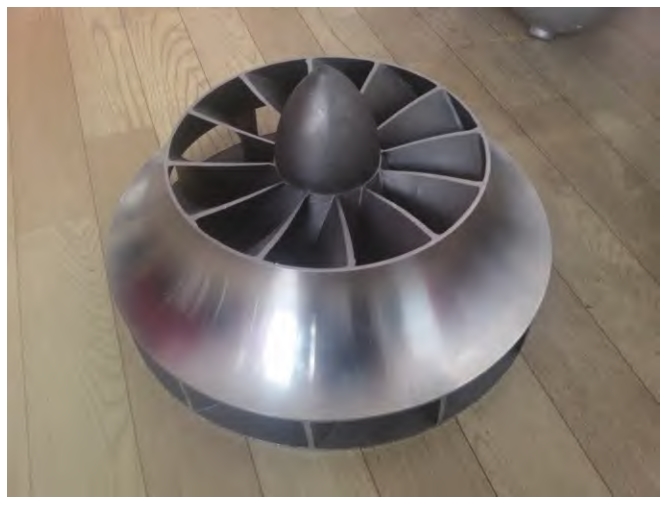
Conclusion remarks
In summary, the integration of 3D printing and casting breaks through the limitation of only being able toThe bottleneck of mold casting after molding, which solves the problems of high cost and long casting cycleThe problem has accelerated the development of the foundry industry and made the complicated processIt is simpler and promotes revolutionary changes in traditional casting technology.Provide a platform for the rapid development of personalized innovation factories and the upgrading of manufacturing industry.Yes.The integration of 3D printing and casting has been widely applied in automotive, aerospace,Technology development-intensive industries such as the weapons industry, and continue to expand into itsIts successful application in various industries will promote the rapid development of manufacturing.
